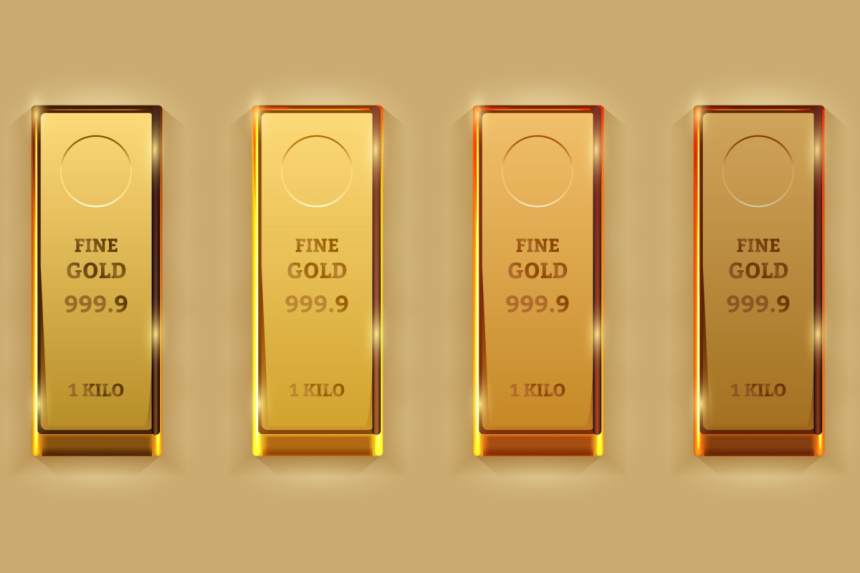More than fifty years after the dollar was unpegged from gold, the precious metal remains central to global financial stability. Rising geopolitical tensions and declining confidence in the dollar have reinforced gold’s position in central bank reserve strategies. Increasingly viewed as a hedge against volatility, gold is once again shaping the architecture of international reserves and payment systems.
Gold’s Appeal in Uncertain Times
Central banks are boosting their gold holdings to mitigate risks tied to offshore assets and currency sanctions. Unlike foreign currencies, gold is free of sovereign commitments, making it a reliable store of value in times of global instability. With the dollar’s share of global reserves falling from historic highs, gold has benefitted from this shift. Its investment profile is further supported by lower volatility and a higher Sharpe ratio compared with equities, as well as the liquidity provided by gold-backed exchange-traded funds.
Shifting Storage and Repatriation Trends
Where gold is stored has become a strategic issue. Historically, vast amounts of gold were shipped to the US and UK for security during the world wars, and these locations remain central hubs for gold trading. However, concerns over asset freezes — highlighted by G7 sanctions on Russia’s reserves — have prompted countries to repatriate holdings. India recently brought back 100 tonnes of gold, while surveys show that nearly 70 percent of central banks now keep reserves onshore. Meanwhile, Chinese markets like the Shanghai Gold Exchange are emerging as alternative trading platforms for nations seeking to diversify away from the West.
Future Outlook for Gold in Reserves
Gold’s intrinsic value and independence from political influence ensure its ongoing relevance. With geopolitical risks persisting, central banks are expected to increase their allocations over the next two years. This trend suggests that gold will become not only a larger share of reserve portfolios but also a potential medium of exchange in the evolving global financial order. The geographical spread of holdings may shift as well, reflecting a world where financial power is more widely distributed beyond traditional Western centers.
Gold has reemerged as a cornerstone of central bank strategy, offering security in a volatile geopolitical and economic landscape. As nations repatriate reserves and explore new trading hubs, the role of gold is expanding from a passive reserve asset to an active component of global financial resilience and diversification.






